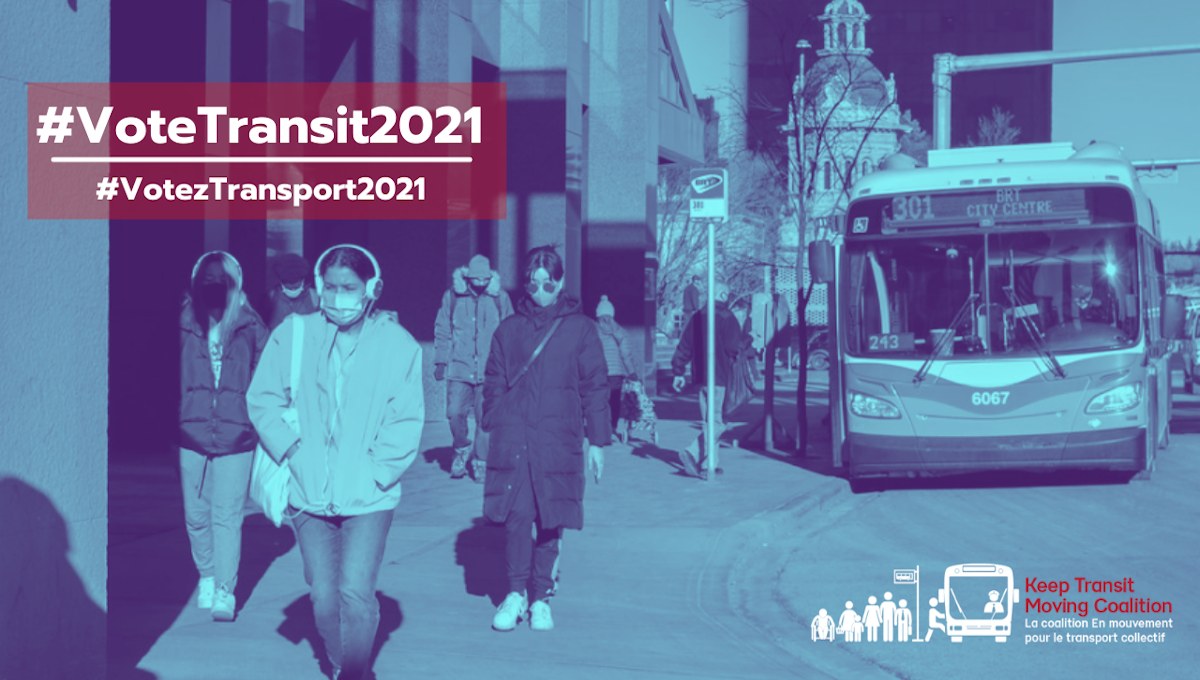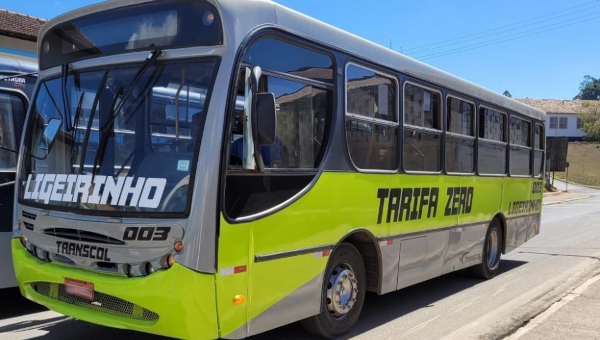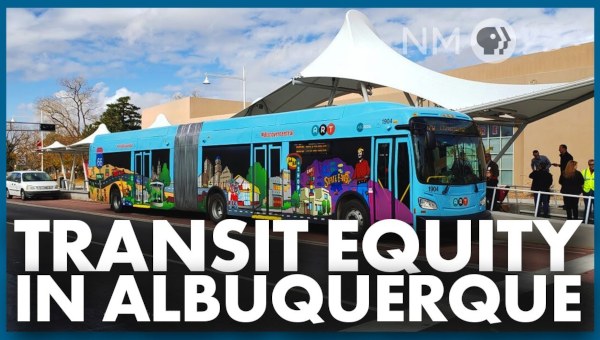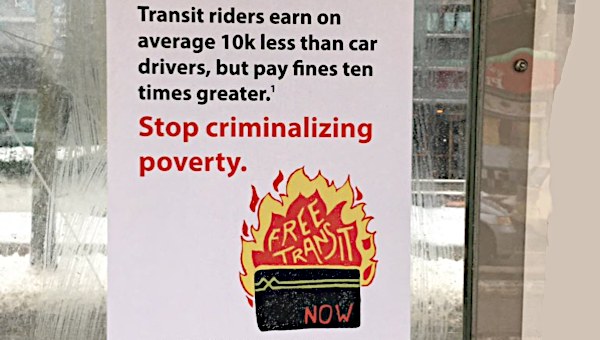The Federal Election and Improving Accessible Transit
The lack of accessible transit throughout our country creates barriers for people with disabilities and limited mobility who rely on transit to get where they need to go, especially as they grow older. This has been especially evident during the COVID-19 pandemic, where people with disabilities faced even more barriers. For example, in Hamilton, people with mobility devices were forced to take transit with a companion as drivers were not permitted to deploy ramps themselves, essentially stripping them of their own autonomy.
Removing barriers means providing more accessible vehicles, stations and transit facilities and transit information that can be easily accessed by all. Acting on these types of measures can create truly universal transit and para-transit systems across the country.
Some provinces have introduced legislation, mandating public and private organizations be accessible. Transit systems however aren’t addressed adequately and they lack the resources to implement full accessibility.
Ensuring that transit interchanges, intercity bus stops and railway stations have sheltered, safe waiting areas with accessible washroom facilities is crucial.
All parties need to take a holistic approach when it comes to tackling mobility justice and look at all aspects of a transit system if they are going to make public transit a space where all can move around freely.

This means:
- An accessibility audit of all bus, train and streetcar stations across Canada with the assistance of provincial and municipal governments, transit agencies and community stakeholders to see what needs to be done to render them as accessible as possible to those with limited mobility.
- Implement accessibility planning in municipalities throughout Canada that focuses on all aspects of transit systems including routes and transfers and making transit information easily available to all.
- More funding to local transit agencies to improve and expand para-transit services and ensure that these services stay public.
- More funding and focus to include disabled people and those with limited mobility in all planning around transit.
Permanent Operational Funding
Since the beginning of the pandemic, public transit agencies have been severely impacted by reduction in ridership and loss of revenue.
Throughout this pandemic, it has become clear that transit systems should not continue to rely on transit fares for stable funding. Without help from all governments, public transit agencies are heading toward severe cuts
For example, in the greater Montreal area, the four public transit agencies may have accumulated an estimated deficit between 716 and 936 million dollars by 2024. The Autorité régionale de transport métropolitain, the umbrella organization responsible for planning, organizing, financing and promoting public transit services for the metropolitan region of Montreal, has apparently put together a proposal for its board of directors forecasting that the four transit agencies will have to reduce their service to accommodate the projected deficit. This would mean that the four public transit agencies would have to cut their service level by 2% every year from 2022 to 2024 as well as raise their rates 4% annually during that period. Not all transit providers were able to avoid cuts in the last year. A case in point is GO Transit, the regional transit service for the Greater Toronto and Hamilton Area (GTHA). It was not eligible for the aid that municipal agencies received.
Permanent operational support will allow public transit systems to avoid the transit death spiral in which agencies, lacking revenue, cut their budget, resulting in less service and higher fares, which further reduces ridership and revenue — prompting more cuts.
To avoid this catastrophic scenario and continue to have robust transit in a post-COVID recovery, the government should:
- Provide $400-million per month in ongoing operations funding so transit agencies can recover from financial losses incurred during the pandemic.
- Establish a national framework for transit operating funding that is stable, reliable and permanent.
- Redirect funds currently allocated for highway and pipeline projects toward an actually climate friendly system of well funded, reliable public transit.
Leadership and Accountability on Social Justice,
Public Health, and Climate Crisis Impacts
Public transit is a vital tool to promote our shared goals for social inclusion, public health, the climate emergency, and economic opportunity. Well-designed, affordable public transit can help build healthy, equitable, more sustainable, and accessible communities.
The Medical Officers of Health in the GTHA estimated, for example, that investments in public transit alone could produce $2.1-billion per year in health-related benefits in the GTHA by reducing air pollution and increasing physical activity. Public transit also produces fewer climate emissions per passenger-mile, particularly if transit uses zero emission vehicles. In addition, public transit reduces health inequities among disadvantaged populations by increasing access to jobs, schools, services and recreational opportunities.
Canada’s transportation system should be designed and operated to provide everyone — regardless of age, income, race, or level of mobility — with safe and viable choices, whether or not they own a car. It should ensure that people in low-income neighborhoods and racialized and Indigenous communities have opportunities to fully participate in local and regional economies.
Transportation spending must be:
- Assessed through an equity lens to ensure that it is providing exclusively sustainable mobility options to all Canadians.
- Coordinated through a coherent national vision for public health benefits, climate impacts, sustainability, mobility and social inclusion. For example, funding could include strict conditions for things like providing affordable housing close to public transit services and ensuring the low-income neighbourhoods receive greater levels of service commensurate with their needs.
- Prioritized to mitigate the impact of the climate crisis by making low or zero carbon public transit, that is integrated with active modes of transportation, the primary means of transportation and shifting away from urban highway and airport expansion.
National Intercity and Highway Bus Service Plan
In May 2021, Greyhound Canada announced that it would be cancelling its services permanently, leaving Canadians across the country without intercity bus services and more than 300 transit workers without jobs.
Rural and Indigenous communities in Canada have been and are chronically underserviced by public transit, creating transit deserts in which individuals are unable to travel safely to neighbouring communities for work, medical appointments, or leisure. This decision leaves thousands of people across Canada without an intercity bus service, forcing people going from one city to another to commute by car, hitchhike or use unregulated ridesharing.
The Missing and Murdered Indigenous Women and Girls (MMIWG) Report highlights the need for adequate intercity bus transit as a key step to reconciliation. A national Intercity and Highway Bus Service, with ongoing funding and operational support, provides a Canada-wide opportunity to address the dangerous issue of isolation among Indigenous and remote communities moving us further along the road toward a more just and inclusive Canada.
Now, more than ever, we need to invest in low-carbon public transit that will create jobs and connect people across this country to their families, communities and vital services.
This means:
- Working with provincial governments on the creation of a public, pan-Canadian inter-city bus service as part of a robust climate and post-COVID recovery plan.
- The development of a National Intercity and Highway Bus Service Strategy developed in partnership with provincial and municipal governments, Indigenous groups, transit providers, VIA Rail Canada, and related advocacy organizations.
Reliable Capital Funding
The federal government’s new permanent capital transit fund – which supports major capital projects like new transit lines – helped move public transit in the right direction. These investments will help build a real green economic recovery. Sustained and active national leadership is needed for Canada to meet our national goals for the climate emergency, inclusion and social justice.
These investments will make it possible to meet the population’s expectations in terms of sustainable mobility. The criteria for allocating capital spending must be multiple and varied so that public transit projects can be financed in medium-sized communities.
This means:
- A permanent, national transit strategy that gives transit agencies the stable, reliable funding required to build sustainable infrastructures in communities.
- A focus on prioritizing public procurement and funding and moving away from a model of privatization of transit systems and public-private partnerships.
- The criteria for allocating sums must be multiple and varied so that public transport projects can be financed in medium-sized communities.
- Support should be available for cities that decide to remove or convert road space into dedicated bus lanes.
- Maintaining the investments already announced. •





